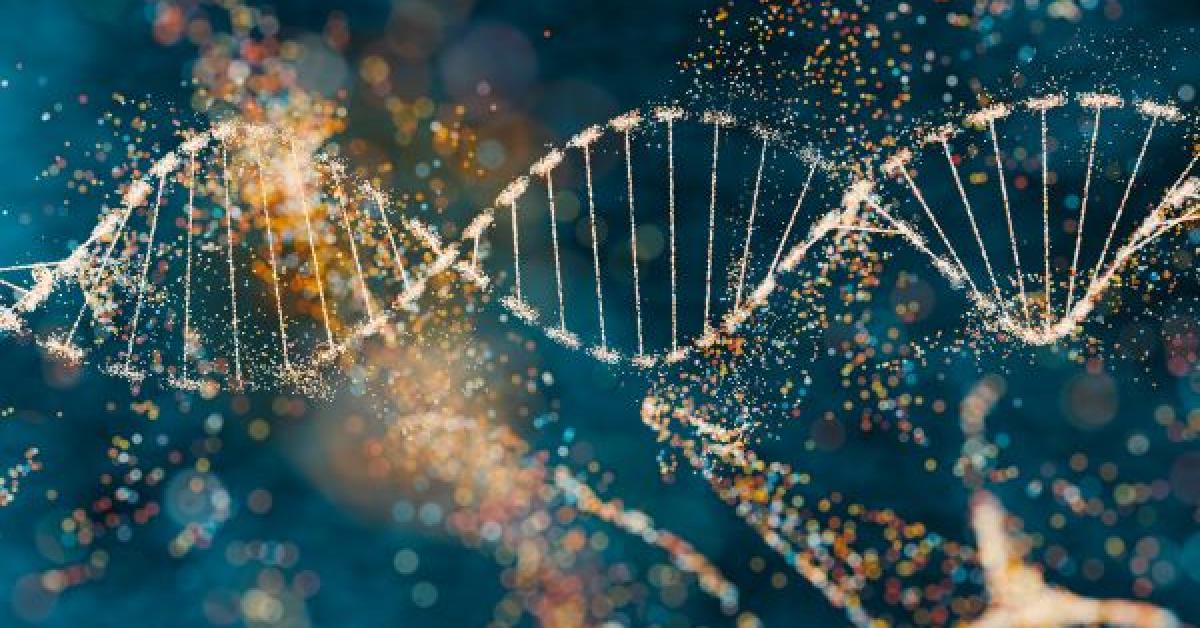A new study from Duke University School of Medicine has uncovered a surprising role for what was once considered “junk DNA.” Researchers found that these overlooked parts of our genetic code help stem cells sense their surroundings and decide what kind of cells to become during early development.
The findings of the study, which appear in Nature Cell Biology, open doors to potential breakthroughs in regenerative medicine and cancer treatment.
The study focuses on transposable elements — mobile pieces of DNA that originated from ancient viruses and now make up nearly half of the human genome. Long considered by scientists to be genetic parasites or “junk DNA” with no purpose, these elements are now shown to be key players in how cells respond to physical forces in their environment.
Yarui Diao, PhD
The Duke team, led by Yarui Diao, PhD, associate professor of cell biology, identified a new type of DNA sequence called mechano-response enhancer elements (MREEs). These sequences act like sensors, helping cells translate mechanical signals — like how stiff or soft their surrounding tissue is — into changes in gene activity.
One group of sequences, known as LTR7, was found to interact with proteins that regulate gene expression and the 3D structure of DNA. When stem cells are in a stiff environment, LTR7 works with proteins like YAP and CTCF to turn certain genes on or off. One of these genes, FAM189A2, prevents stem cells from becoming endoderm cells (which form organs like the liver and lungs). When researchers removed the LTR7 enhancer, the stem cells matured differently — revealing a new function for these elements in governing cell fate.
“It’s a paradigm shift,” said Diao. “What was once considered genetic clutter is now shown to be an essential part of how cells interpret and respond to their environment. This finding is crucial for us to understand a big fundamental question: how the genome responds to environmental changes to alter gene expression and cell fate.”
The implications are far-reaching, Diao said. By understanding and manipulating these noncoding DNA sequences, scientists could develop new therapies that guide cell behavior — whether to repair damaged tissue or target cancer cells more effectively. This discovery expands the field of mechanobiology, which studies how physical forces influence biological systems, to include not just proteins but also the vast noncoding regions of the genome.

